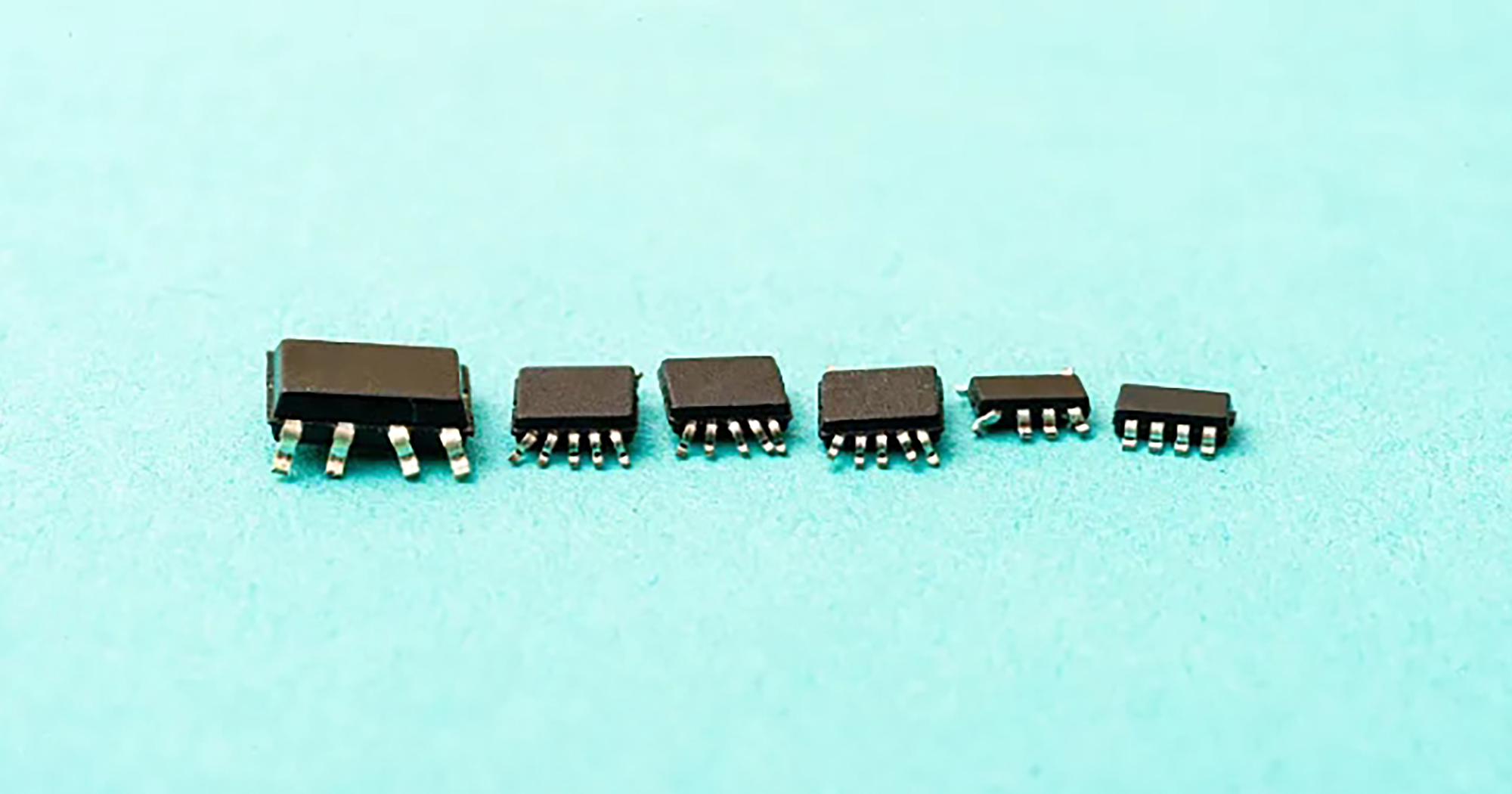Essential Guide to Choosing the Right Capacitors
Capacitors are a fundamental component in electronic circuits, used in a wide range of applications from energy storage to signal filtering. As technology advances, the demand for capacitors with enhanced specifications is growing. This article will explore various capacitor types, popular models, and key considerations for choosing the right capacitor in applications, focusing on factors like manufacturer, part number, application, and packaging.

Types of Capacitors and Their Applications
Applications: Electrolytic capacitors are widely used in power supply applications due to their high capacitance values and ability to store significant energy. They are particularly useful in devices requiring large charge storage or energy smoothing, such as audio amplifiers, power supplies, and decoupling applications.
Popular Models: Examples include the Nichicon UVR series and Panasonic FC series, known for their high reliability and stability in various environments.
Package/Case Options: Electrolytic capacitors typically come in radial or axial lead packages, designed for easy integration into through-hole and surface-mount assemblies.
Applications: Ceramic capacitors are essential in high-frequency applications such as RF circuits, oscillators, and signal processing systems. Due to their stability and low loss, they are ideal for decoupling and bypassing high-frequency noise.
Popular Models: TDK’s C series and Murata’s GRM series are some of the most popular models, valued for their reliability and extensive temperature tolerance.
Package/Case Options: Multilayer Ceramic Capacitors (MLCCs) are typically available in SMD (surface-mount device) packages, allowing high-density designs and excellent PCB integration.
Applications: Film capacitors are often chosen for applications requiring precise capacitance and stability, such as audio circuits, AC power conditioning, and motor control systems.
Popular Models: WIMA MKP and Panasonic ECW series are well-regarded options, known for their ability to maintain performance over long periods, even under demanding conditions.
Package/Case Options: These capacitors generally come in box or radial packages, providing additional insulation and reliability in various assembly processes.
Applications: Tantalum capacitors are preferred in applications requiring high reliability and stability, such as medical devices, aerospace, and telecommunications. They provide stable capacitance over a wide range of temperatures and are less prone to leakage.
Popular Models: AVX’s TAJ series and Kemet’s T495 series are examples of high-performance tantalum capacitors used in critical applications.
Package/Case Options: Available in SMD configurations, tantalum capacitors are often compact, which makes them suitable for miniaturized electronic designs.
Choosing the Right Capacitor for Your Application
Voltage Rating and Capacitance
When selecting capacitors, it’s essential to consider both the capacitance value and voltage rating. Capacitors should have a voltage rating higher than the circuit’s operating voltage to avoid breakdown. For instance, electrolytic capacitors with a voltage rating 1.5 to 2 times the operating voltage are generally recommended for safe operation.
Temperature Tolerance
For applications exposed to varying temperatures, ceramic capacitors (especially Class I types) and film capacitors offer better temperature stability. Tantalum capacitors are also stable but may have lower tolerance in extreme temperatures compared to ceramic capacitors.
Conclusion
Capacitors play a critical role in modern electronics, enabling functionalities across power management, signal processing, and more. Understanding capacitor types and choosing the right model can significantly impact the performance, reliability, and lifespan of an application. By considering factors such as voltage rating, capacitance, packaging, and manufacturer reputation, procurement professionals and engineers can select capacitors that align with their specific requirements in applications.
For more information or to request a quote, please feel free to send us an RFQ.




